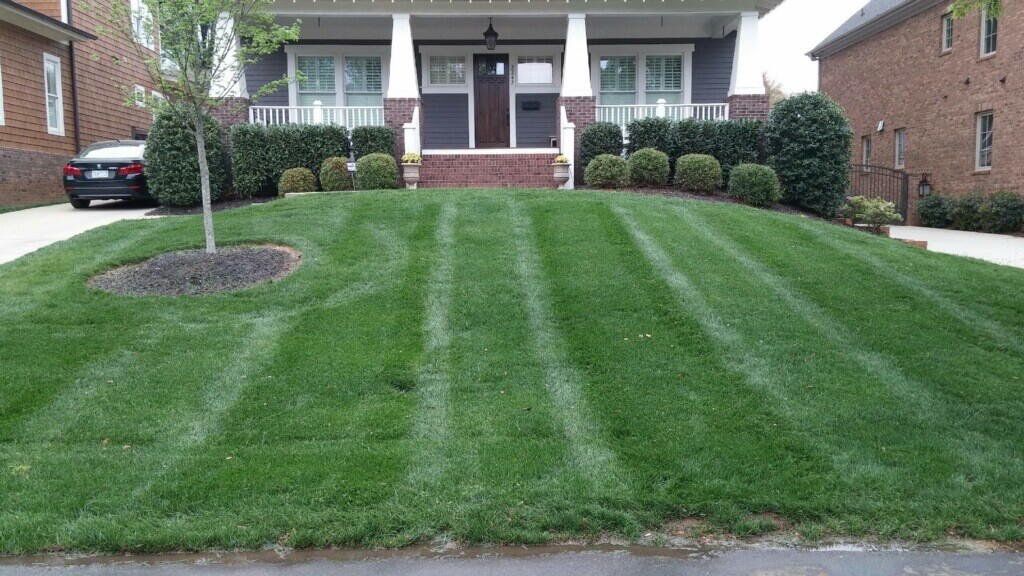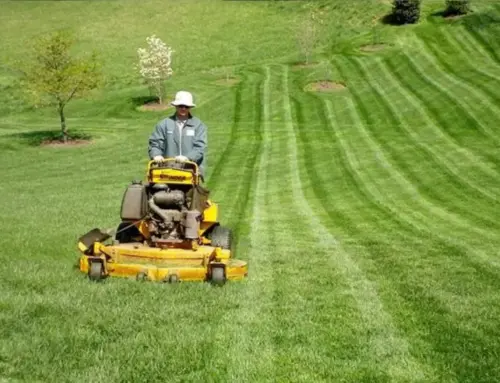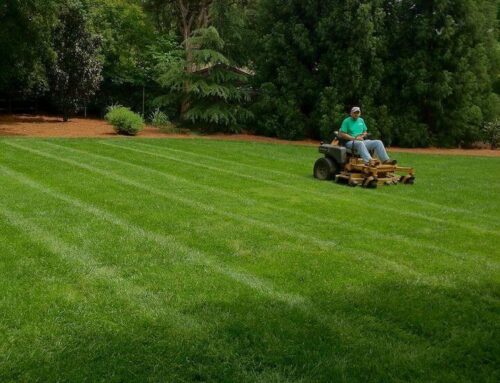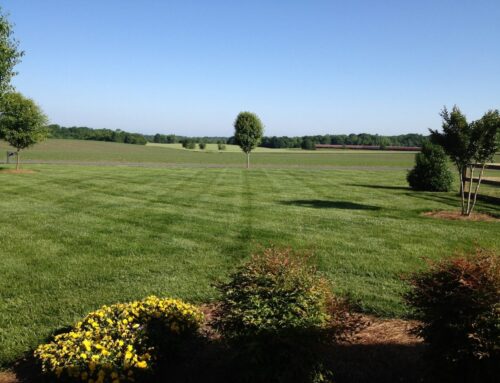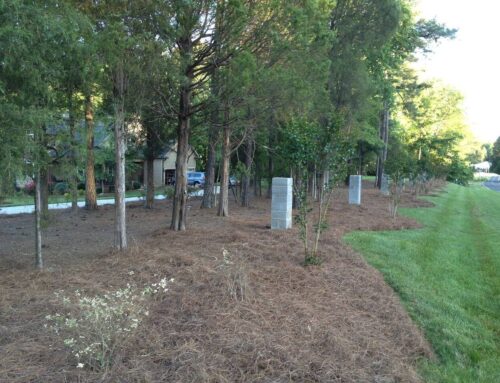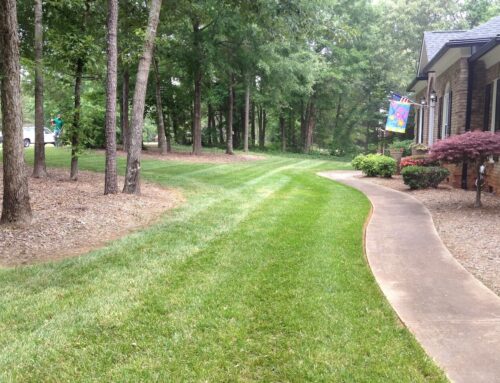Every residential landscaper has a signature style, whether they realize it or not. From the way they arrange plants to the materials they prefer, each designer leaves a unique mark on every yard. It’s not always something they plan, but after working on enough properties, certain design choices become their go-to. Maybe it’s a love for low-maintenance gardens or a knack for creating cozy, inviting spaces.
The truth is, style emerges naturally as landscapers develop their skills and preferences over time. Whether they’re all about clean lines or wild, sprawling greenery, their approach reveals something about who they are as designers.
Understanding this helps homeowners choose the right landscaper who not only fits their vision but also brings a touch of individuality to their outdoor space.
What defines a residential landscaper’s signature style?
A residential landscaper’s signature style is the unique combination of design choices, techniques, and preferences that consistently appear in their work, whether consciously or not. It reflects their creative instincts, influences, and experience, shaping how outdoor spaces look and feel. Here’s what typically defines a landscaper’s signature style:
- Plant Selection: Landscapers often gravitate toward specific types of plants, whether low-maintenance natives, lush tropicals, or structured evergreens which influences the overall mood and sustainability of a yard.
- Color Palette: The repeated use of certain flower or foliage colors, such as calming greens and whites or bold, vibrant hues can reveal a landscaper’s visual preferences.
- Hardscape Materials: Choices like flagstone paths, gravel beds, or wooden pergolas show a clear preference in texture and tone, often used across multiple projects.
- Spatial Layout: Whether it’s symmetry, layered depth, or open flow, how a landscaper organizes space is a key indicator of their approach to balance and function.
- Styling Themes: Recurring design themes, such as minimalist modern, rustic cottage, or formal elegance form the emotional and aesthetic identity of their work.
- Finishing Touches: Details such as lighting placement, edging style, or water feature design add a final, distinctive touch.
Over time, these elements combine to create a consistent signature that defines a landscaper’s artistic identity.
How does a landscapers style influence the design of a yard?
A landscaper’s style significantly influences the overall design, mood, and functionality of a yard. Even when tailored to the homeowner’s needs, the landscaper’s preferences in layout, materials, and plant selection guide the creative direction.
This subtle influence can turn a basic space into a cohesive, signature outdoor experience. Here’s how their style shapes the outcome:
- Design Layout and Flow: Landscapers with a structured style may prefer clean lines and symmetry, while others may favor a more organic, free-form arrangement of elements.
- Material and Texture Choices: A preference for natural stone, sleek pavers, or wood can set the tone whether rustic, modern, or traditional, and give the space a distinct identity.
- Use of Space: Some landscapers emphasize open lawns and gathering areas, while others prioritize cozy, intimate garden nooks or layered planting beds.
- Plant Arrangement and Aesthetics: Signature styles dictate how plants are grouped, whether in color-blocked sections, height gradients, or wildflower-inspired blends.
- Focus on Focal Points: Depending on their style, landscapers might build attention around a central tree, a water feature, or a dramatic pathway.
A landscaper’s style doesn’t just influence what’s planted, it defines how the yard feels, flows, and functions for the homeowner.
Why do some landscapers develop unique landscaping styles?
Some landscapers develop unique landscaping styles as a natural extension of their creative process, personal preferences, and years of experience. While functionality and client goals always matter, their aesthetic vision tends to emerge over time, shaped by region, training, and trial and error. Here’s why distinct styles often develop:
- Personal Taste and Creative Expression: Landscapers often infuse their preferences for color, texture, and layout into their projects, even when working with varied client requests.
- Regional Influence: Local climate, soil types, and native plants often shape a landscaper’s approach, creating regionally recognizable styles.
- Experience and Repetition: After designing multiple yards, landscapers find layouts, materials, and plant groupings that consistently work, refining and repeating these patterns becomes second nature.
- Professional Training: Formal education or apprenticeships often guide early stylistic choices, which then evolve into a unique approach as confidence and skill grow.
- Client Demands and Trends: Working with similar clientele or neighborhoods can influence stylistic consistency to match expectations or neighborhood aesthetics.
- Brand Identity: A recognizable design style can help landscapers stand out in a competitive market, building trust and visual branding.
Over time, these factors combine to shape a unique landscaping style that sets professionals apart and defines their creative identity.
Can a homeowner’s preferences shape the landscaper’s signature style?
Yes, a homeowner’s preferences can influence and shape a landscaper’s signature style over time. While landscapers bring their design instincts, working with diverse clients often pushes them to adapt, evolve, and incorporate new elements into their typical aesthetic. Here’s how homeowner input plays a role:
- Customized Requests Expand Style Range: Homeowners who request specific features such as native gardens, modern patios, or kid-friendly spaces encourage landscapers to incorporate new elements into their usual designs.
- Style Fusion and Innovation: Collaborating with clients who have bold or unique tastes can inspire landscapers to experiment, blending their signature with new ideas.
- Influence Through Repetition: If multiple homeowners request similar design themes (e.g., minimalist, eco-friendly, or tropical), these preferences can begin to influence the landscaper’s go-to design framework.
- Color and Plant Choices: Homeowners often choose color palettes or favorite plants that reshape the tone or character of the final layout, nudging the landscaper’s style in new directions.
- Layout and Functionality Demands: Preferences for entertaining areas, vegetable gardens, or pet-friendly lawns can prompt a landscaper to adjust their spatial planning approach.
While a landscaper develops a personal style, homeowner collaboration often plays a key role in shaping and evolving that signature over time.
Every Landscaper Has a Signature—Here’s What Yours Says About Your Outdoor Space
At Performance Lawn & Landscape, we know your outdoor space says a lot about the designer behind it. It’s not just about plants or pathways; it’s about the unique style and personal touch each landscaper brings to the table.
Whether it’s clean, structured lines, flowing natural curves, or a focus on local, native plants, our designs always carry a signature that speaks to our experience and passion for outdoor living. Even when we work with your vision, our team’s identity shines through, adding a layer of creativity and lasting beauty to your yard.
Let us help you create a landscape that’s not only functional but also reflects the heart and soul of thoughtful design. After all, it’s the personal touches that turn a yard into something special.

